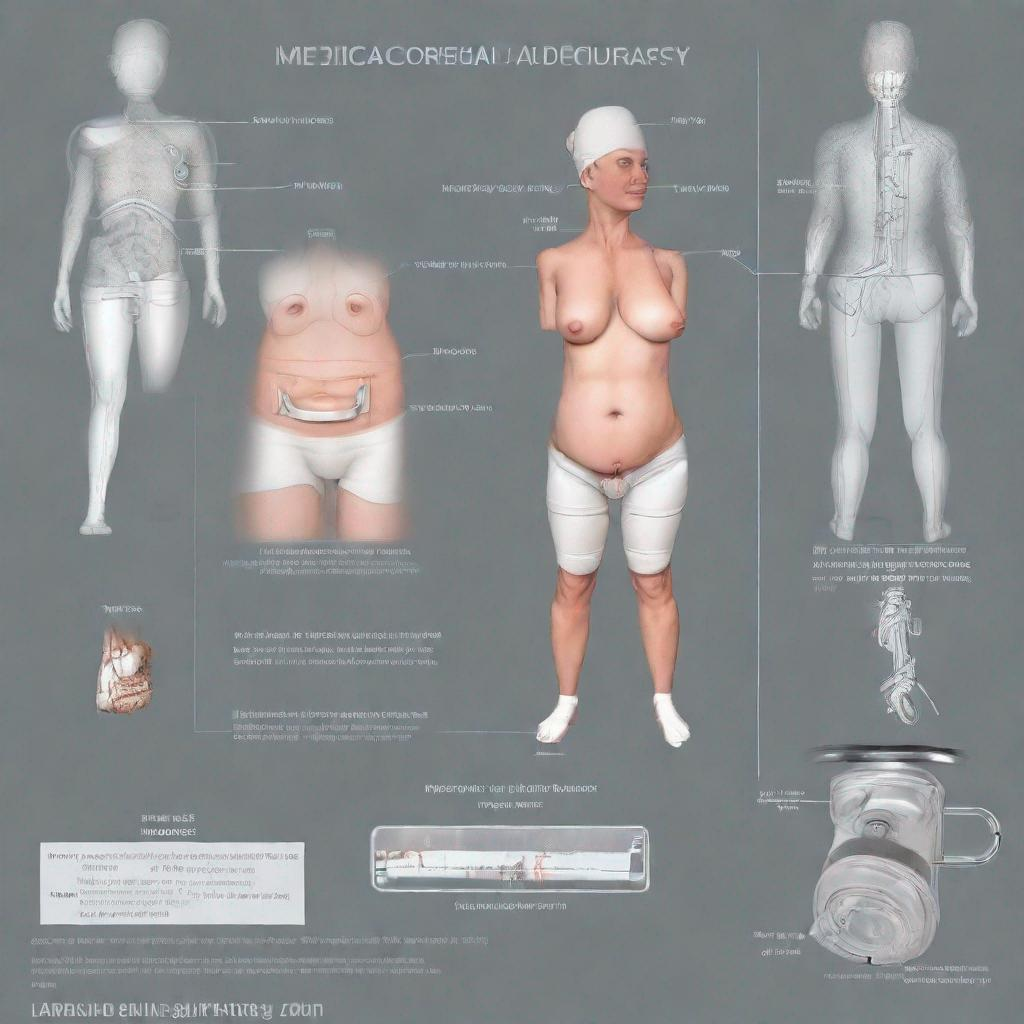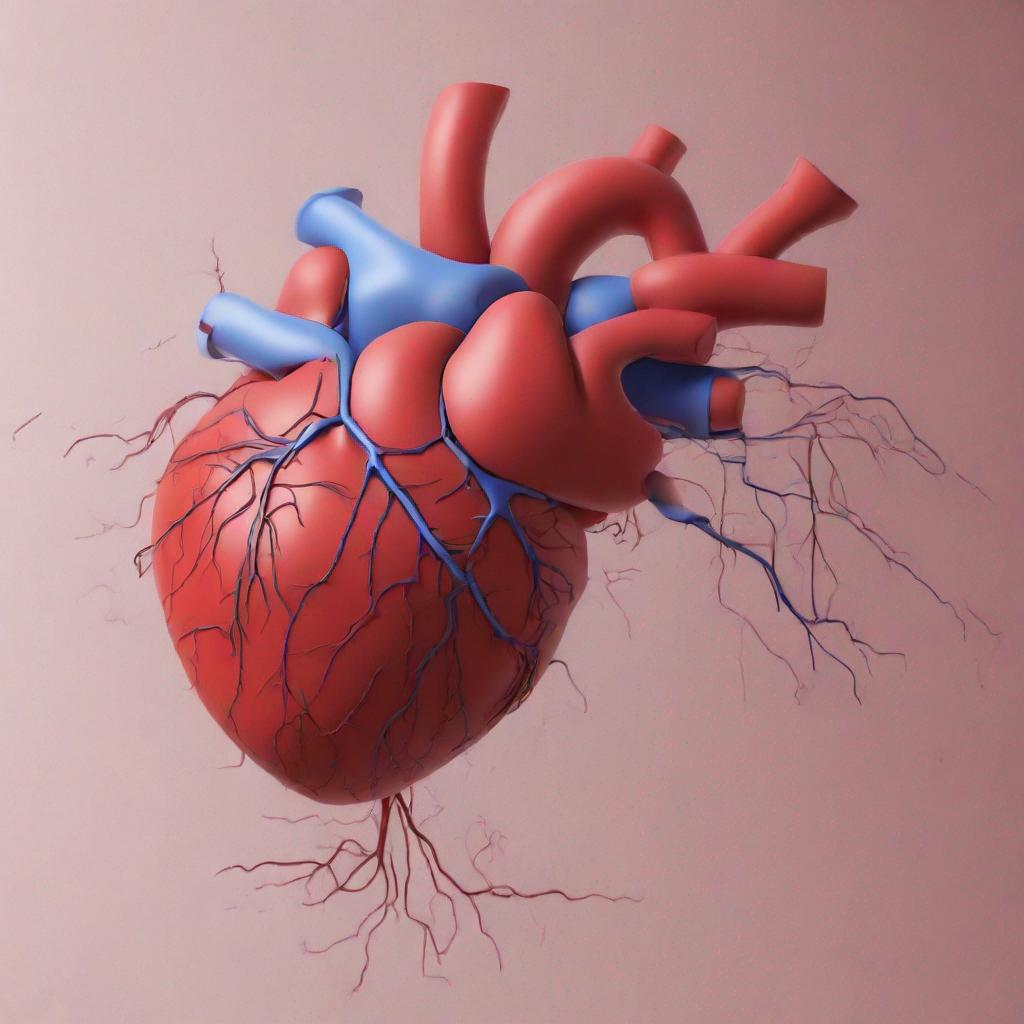## Laparoscopy: A Comprehensive Guide to Keyhole Surgery
**Introduction**
Laparoscopy is a minimally invasive surgical procedure that allows surgeons to view and operate on the abdominal and pelvic organs. It uses a thin, lighted instrument called a laparoscope to gain access to the abdominal cavity without making large incisions.
**Procedure**
During a laparoscopy, the surgeon inserts the laparoscope through a small incision in the navel or abdomen. The laparoscope transmits images of the abdominal cavity to a monitor, allowing the surgeon to visualize the organs and tissues. Additional incisions may be made to insert instruments for surgical procedures.
**Diagnosis**
Laparoscopy can help diagnose a wide range of conditions, including:
* Endometriosis
* Pelvic inflammatory disease (PID)
* Ectopic pregnancy
* Ovarian cysts
* Uterine fibroids
**Importance**
Laparoscopy is a valuable diagnostic tool because it allows surgeons to:
* Visualize the internal organs and tissues directly
* Take tissue samples for biopsy
* Perform surgical procedures with minimal scarring
**Alternatives**
Alternative tests or procedures to laparoscopy include:
* Transvaginal ultrasound
* Magnetic resonance imaging (MRI)
* Exploratory laparotomy (open surgery)
**Preparation**
Before a laparoscopy, patients may be asked to:
* Fast for 8-12 hours
* Avoid smoking
* Take antibiotics to prevent infection
**Duration**
Laparoscopy typically takes 30-90 minutes. Recovery time varies, but most patients can return home the same day.
**Recommendations**
Following a laparoscopy, patients may be recommended to:
* Rest and avoid strenuous activity
* Take pain medication as needed
* Follow up with their doctor for results and further treatment
**Synonyms and Related Terms**
* Keyhole surgery
* Minimally invasive surgery (MIS)
* Endoscopic surgery
* Intra-abdominal surgery
**Specific Procedures**
Laparoscopy can be used to perform a variety of surgical procedures, including:
* Laparoscopic hysterectomy (removal of the uterus)
* Laparoscopic salpingo-oophorectomy (removal of fallopian tubes and ovaries)
* Laparoscopic myomectomy (removal of uterine fibroids)
* Laparoscopic cystectomy (removal of ovarian cysts)
**Instruments and Equipment**
Laparoscopy requires the use of specialized instruments and equipment, including:
* Laparoscope
* Veress needle
* Trocar
* Cautery device
* Surgical scissors
**Complications**
As with any surgical procedure, laparoscopy carries some risks, including:
* Bleeding
* Infection
* Organ damage
* Anesthesia risks
**Other Relevant Terms**
* Laparoscopic ligation
* Laparoscopic appendectomy
* Laparoscopic adrenalectomy
* Laparoscopic hernia repair
* Laparoscopic fundoplication




